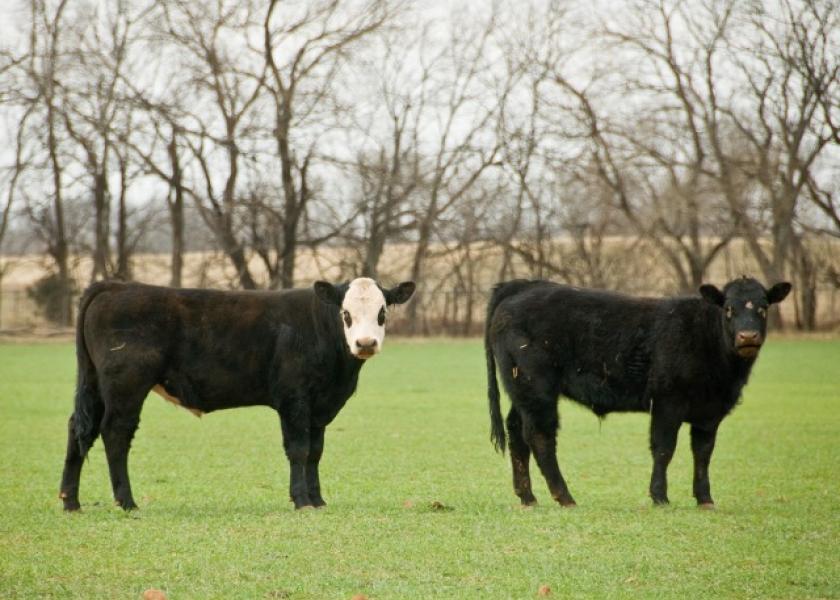U.S. Beef Trade Situation Down for April but Improving Slowly Overall

By: Donald Stotts, Oklahoma State University
Recent beef and cattle trade data shows a mixed bag of global market impacts, with total U.S. beef exports decreasing 5.3 percent in April compared to last year.
“This follows year-over-year increases in January and March and leaves the year-to-date total through April at 0.4 percent below the same period in 2015,” said Derrell Peel, Oklahoma State University Cooperative Extension livestock marketing specialist. “Exports to two major U.S. beef markets, Japan and Hong Kong, were both down compared to last year after increasing earlier in the year.”
April exports to Japan dropped 10.9 percent year over year and exports to Hong Kong decreased by 36.9 percent compared to last year. This leaves year-to-date beef exports to Japan up a scant 0.6 percent while exports to Hong Kong are down 2.3 percent for the first four months of the year.
Although beef exports to South Korea decreased fractionally in April, they are still up 12.2 percent for the year to date compared to last year. South Korea was the only major beef export market to show year-over-year increases in 2015.
Exports to Canada continued year-over-year decreases in April, down 6.8 percent compared to one year earlier and down 8.2 percent for the year to date compared to last year. However, beef exports to Mexico improved the last two months after being down in January and February. April beef exports to Mexico increased 32.9 percent year over year with the year to date total now down only 0.9 percent from last year.
“Beef imports have been a mixed bag, though generally positive with total April beef imports down 21.2 percent from one year ago,” peel said. “Year-to-date beef imports are down 12.8 percent from 2015.”
Decreased beef imports have been led by sharp reductions in imports from Australia and New Zealand. Imports of Australian beef were down 41.9 percent in April compared to last year and year-to-date imports are down 21.7 percent. Beef imports from New Zealand decreased 29.6 percent in April and are down 21.7 percent so far this year.
In contrast, beef imports from Mexico continue to increase and were up 7.5 percent year over year in April and are up 11 percent in the first four months of 2016. Imports of Canadian beef increased 13.1 percent in April and are up 8 percent for the year to date. Still, total cattle imports from Canada were down 13.7 percent in April compared to one year ago.
“This total includes a 25.5 percent year-over-year increase in slaughter cattle imports and a 38.7 decrease in feeder cattle imports in April compared to last year,” Peel said. “Cattle imports from Mexico were up 22.7 percent in April compared to last year but are still down 1.5 percent for the year to date.”
Peel expects the U.S. beef and cattle trade situation to continue to improve, albeit slowly.
“Lower prices and increased supplies in the U.S. will likely support increased U.S. beef exports and diminish beef imports,” he said. “The U.S. dollar, which briefly weakened in the past few weeks, has strengthened again and will continue to hinder beef and cattle exports and support beef imports.”
Ongoing cattle-related activities in other countries also will play a role, in particular beef herd rebuilding in Canada, Mexico and Australia.
Cash receipts for Oklahoma cattle account for a 5-year average of more than $3.1 billion annually, according to USDA National Agricultural Statistics Service data.







